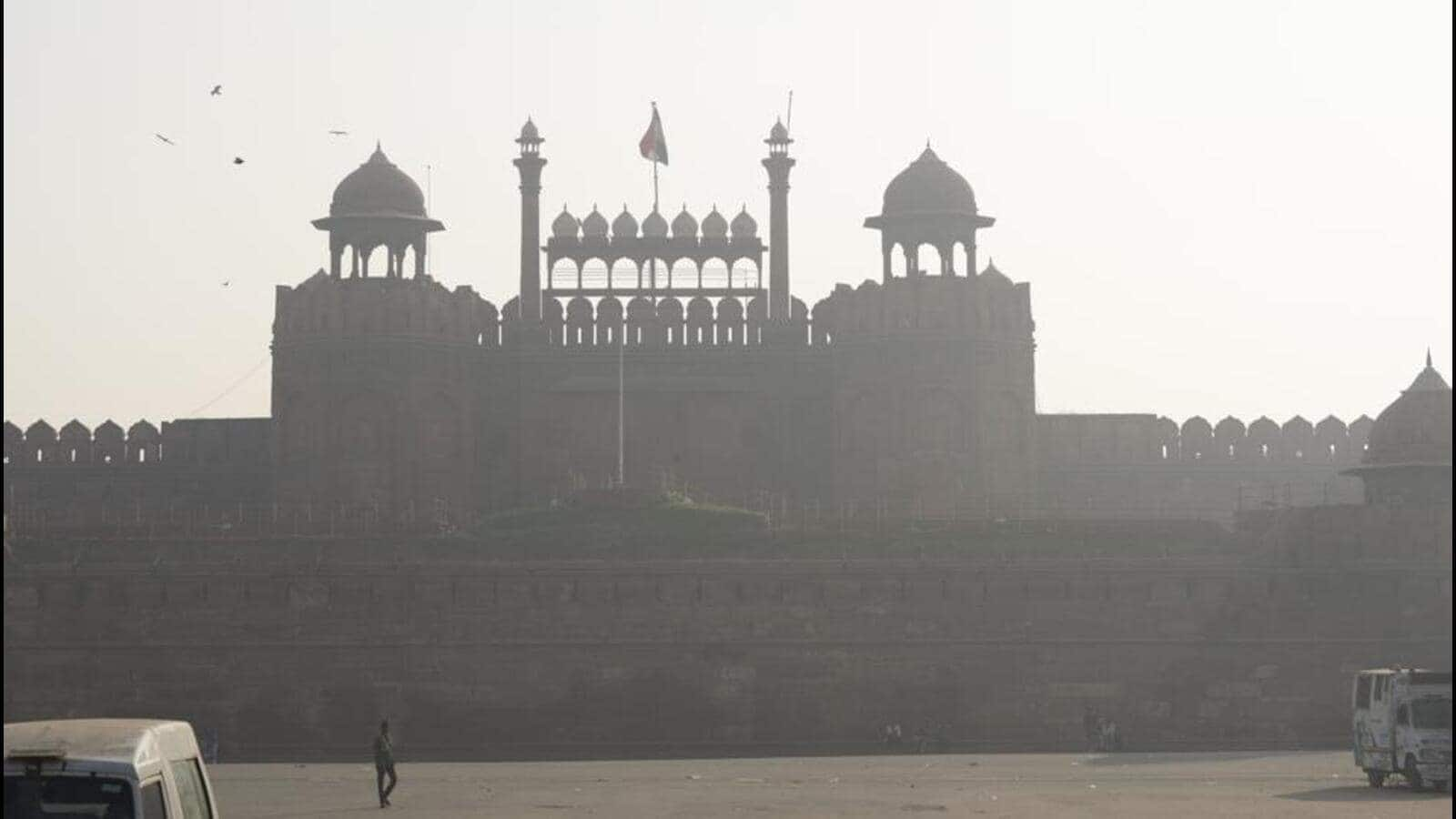
Clearer skies, higher temperature aid in improving Delhi's AQI post-Diwali
What's the story
Delhi saw a significant improvement in its air quality on Friday, a day after Diwali celebrations. The improvement was credited to clearer skies, higher temperatures, and strong winds that helped disperse pollutants. Despite a winter ban on firecrackers, the city's air quality had slipped to the "very poor" category due to non-compliance during the festival.
AQI trends
Air Quality Index shows gradual improvement post-Diwali
The Air Quality Index (AQI) in Delhi peaked at 362 at 9:00am on Friday but improved gradually as the day went on. By noon, the AQI had improved to 354. This is a stark contrast to Thursday's AQI of 328 recorded at 4:00pm before fireworks started around 6:00pm and continued past midnight.
Pollution peak
PM2.5 concentrations peak at midnight during Diwali
The Delhi Pollution Control Committee said PM2.5 levels peaked at midnight with figures such as 1,853mg/m3 in Vivek Vihar and an hourly peak of 1,527mg/m3 near Lajpat Nagar. The average PM2.5 concentration was 10 times the standard at midnight. Stubble burning also played a major role in pollution levels, contributing a season-high over 27% to Delhi's PM2.5 on Thursday.
Temperature effect
Higher temperatures aid pollutant dispersion in Delhi
The maximum temperature on Diwali day was recorded at a higher-than-normal 34.1°C while the minimum was also above normal at 21.1°C. These temperatures led to a higher mixing height in the atmosphere, helping pollutant dispersion. October was Delhi's warmest in over seven decades with an average maximum temperature of 35.1°C and a minimum of 21.2°C, according to IMD data from October records since 1951.